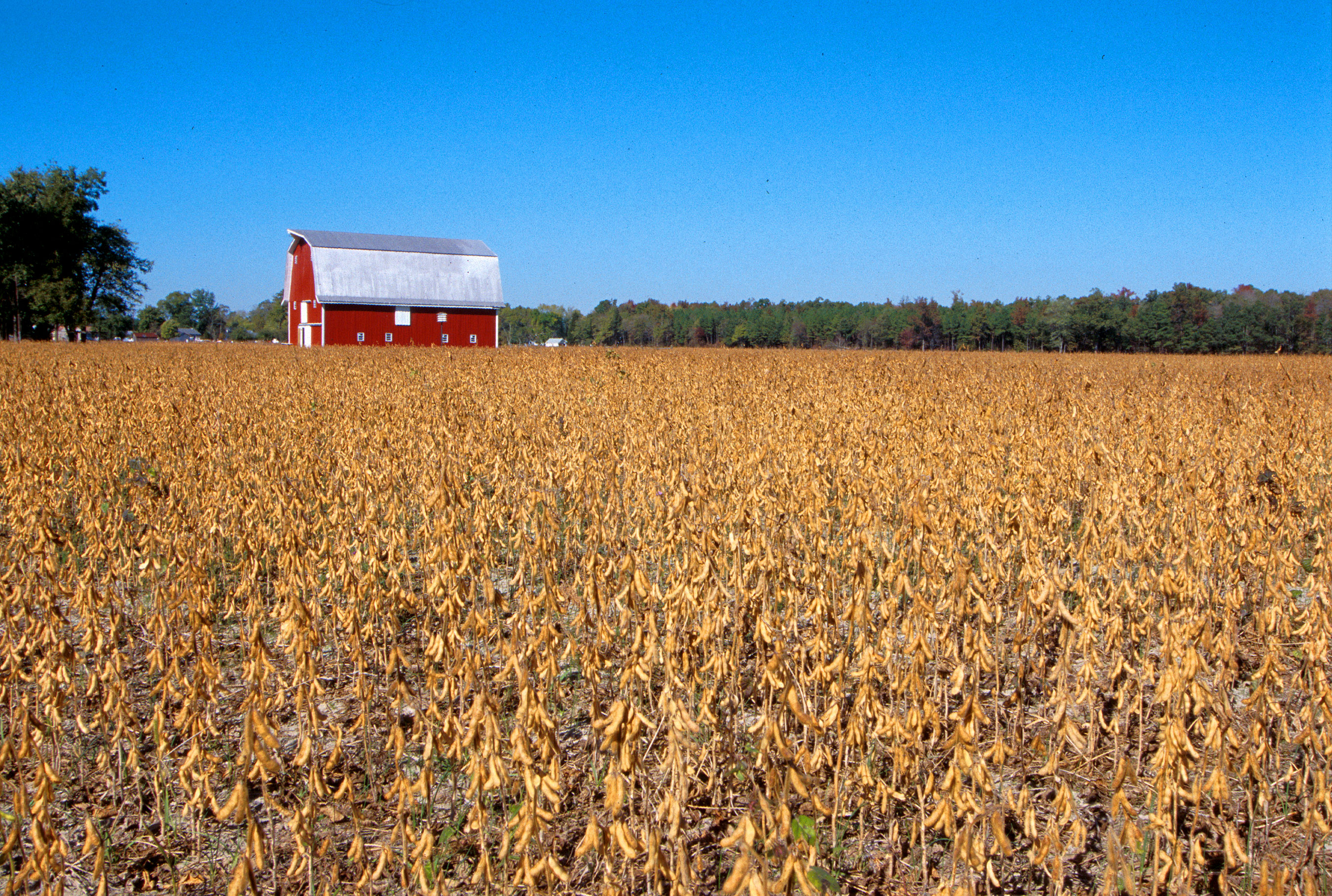 I’m still trying to get my head round this one. USDA scientists are developing a soybean variety (which they stress is not genetically modified) bred to remove nitrogen from the land.
I’m still trying to get my head round this one. USDA scientists are developing a soybean variety (which they stress is not genetically modified) bred to remove nitrogen from the land.
The variety does not develop nodules, the little bumps on the root that house nitrogen-fixing bacteria. Now those nitrogen-fixing bacteria are one of the best reasons to plant legumes, because they boost soil fertility. Why would you want a legume that did not? So that animal producers could use it to solve their waste problem. I expect it makes sense in the hyper-specialized world that the USDA serves but, as I said, I’m having a little trouble with the idea.
Photo of soybean field courtesy of USDA.